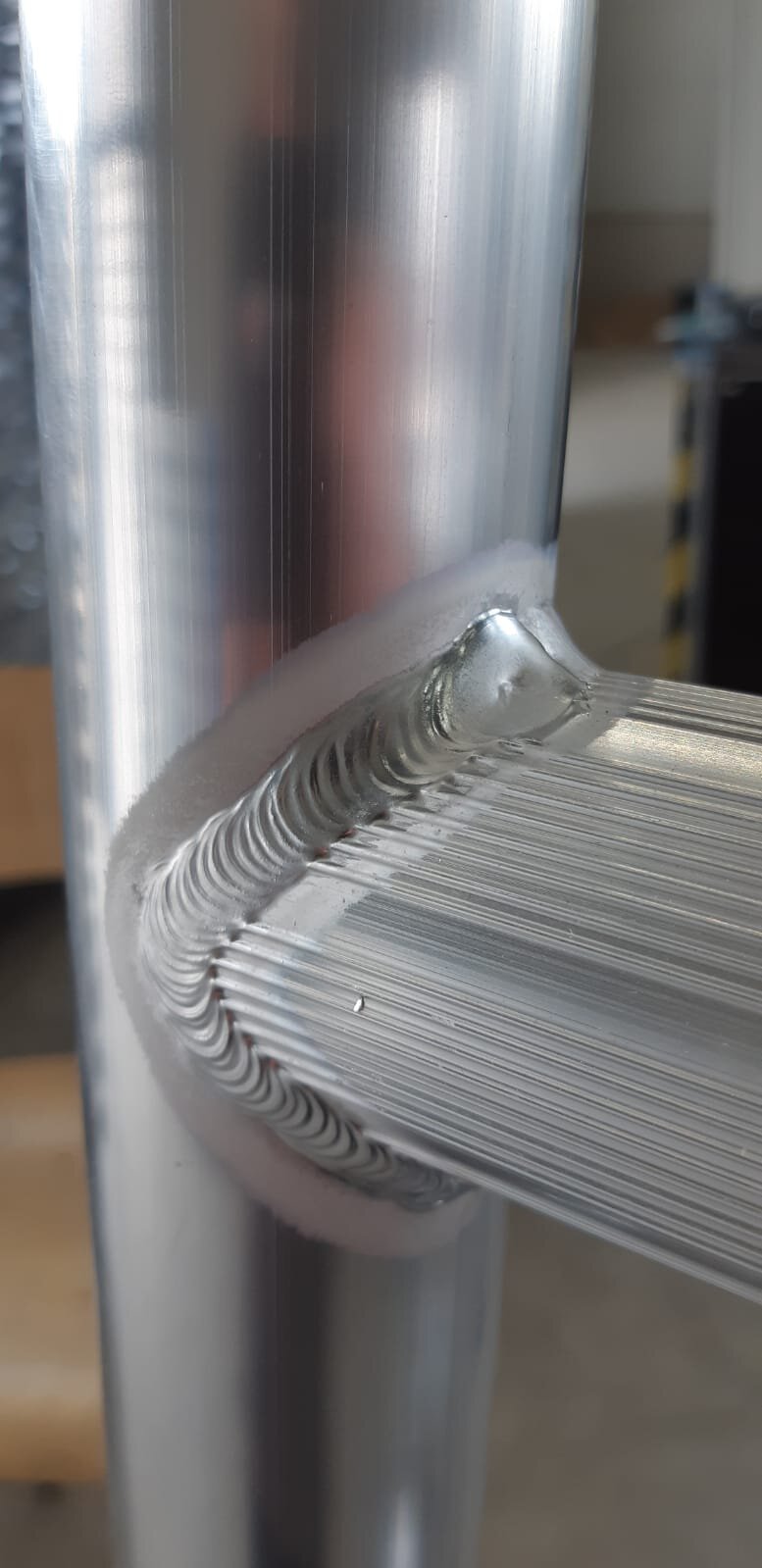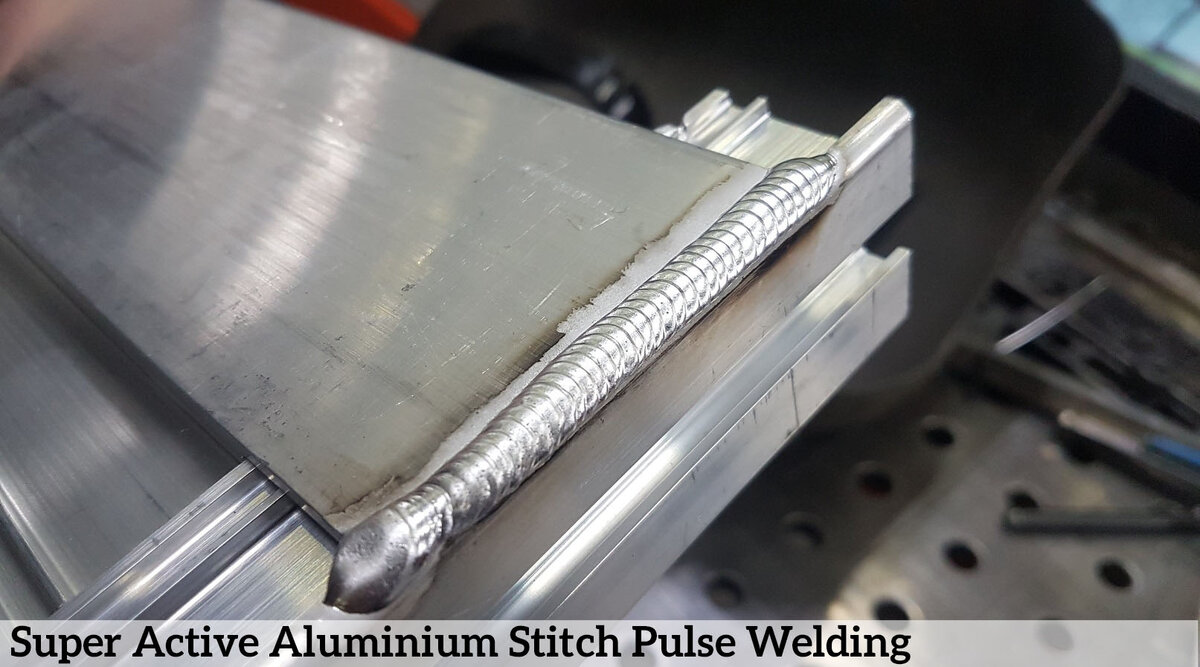Aiemmin manuaalinen hitsaaja ratkaisi tämän ongelman vuorottelemalla hitsausta ja jäähdytystä, eli niin sanottua prop-hitsausta; koska hän "täytti" materiaalin sulkeakseen sen. Hitsauksen aikana oli riittävän korkea lämpötila hitsausaltaan luomiseksi, kun taas tämän toimenpiteen suorittamiseen tarvittavan ajan aikana materiaali saattoi jäähtyä ja antaa hitsausaltaan jähmettyä.




